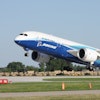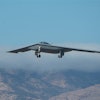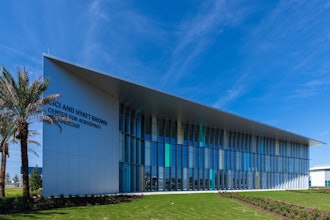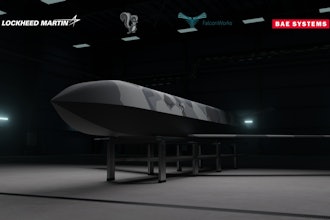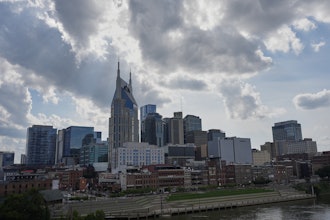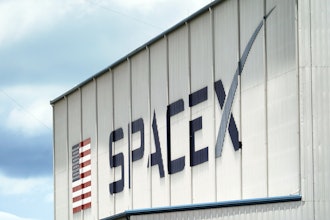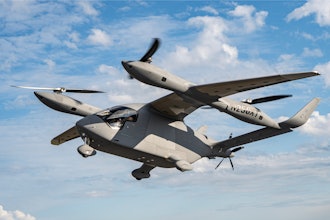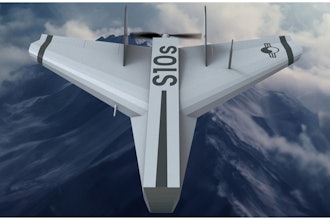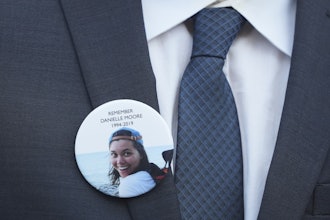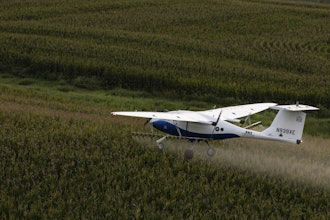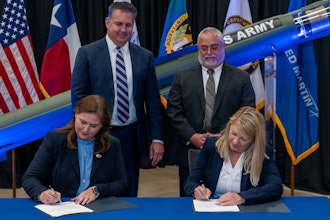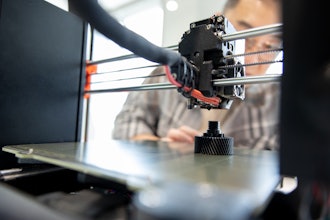EVERETT, Wash. (AP) -- Boeing pilots taxied the aerospace giant's new 787 jetliner down a runway at low and high speeds and simulated a rejected takeoff, lifting the much-anticipated plane's nose off the ground.
The maneuvers performed Saturday were the last tests before the jet's imminent first flight.
"Our pilots told me the airplane performed beautifully," said Mike Delaney, vice president and chief project engineer for the 787, in a statement. "We're going through and analyzing the data to ensure we're ready for first flight. From evaluations we've done so far, everything looks good."
The Everett Herald reported the 787 reached speeds of 150 miles per hour at Paine Field's runway during Saturday's tests.
Boeing announced Thursday that its window for a first flight would open Dec. 15 with the actual flight timing dependent on final internal reviews, taxi testing, weather and Federal Aviation Administration documentation.
The company has said it intends to put the 787 in the air at 10 a.m. Tuesday.
The scheduled first flight marks the start of the flight test program toward the goal of obtaining an FAA certification, the newspaper reported.
Boeing has 840 787s on order, and the company has said it hopes to deliver the first one late next year.
The 787's arrival has been hotly anticipated, but the jet's delivery has suffered major delays and is more than two years behind schedule.
Boeing, based in Chicago, earlier reinforced weak points near the area where the wings attach to the fuselage, then conducted a so-called static test -- essentially bending the wings -- on the repairs.
The aerospace giant said the 787, made mostly of lightweight composite materials, will be more efficient, quieter and have lower emissions than other airplanes.
Depending on its configuration, the plane will hold as many as 330 passengers. Deliveries are now estimated to begin in the fourth quarter of 2010.
The company has taken a new approach to building airplanes with the 787, relying on suppliers around the world to build huge sections of the plane. But that approach so far has proved problematic, with ill-fitting parts and other problems hampering production.
Boeing identified the most recent problems when it postponed the 787's first test flight and deliveries for a fifth time in June. The plane is more than two years behind schedule and repeated delays have cost the company money, credibility and sales.
Some airlines have been forced to cancel or postpone plans to buy new 787s, partly due to weak travel demand amid the global economic downturn. Yet the 787 remains Boeing's best-selling new plane to date.

